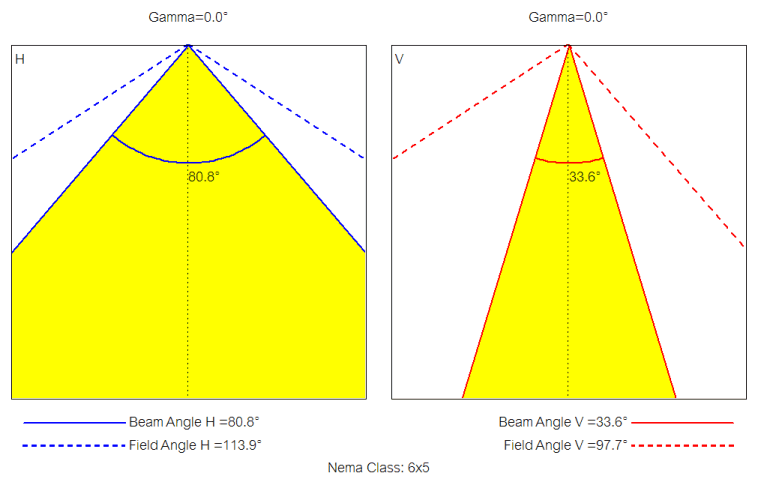
FAC range shows distinctly different dependence for slow and fast solar wind, suggesting the importance of the composition and properties of SW in controlling the FAC strengths. The FAC ranges are found to have a linear dependence on the values of IMF B Y, B YZ, B T and B Z, though saturation is apparent at higher values of the IMF parameters. All these results based on the newly defined parameters such as FAC range and probability of FAC range ≥1 μA/m 2, for the storm time mesoscale FAC are consistent with the previous studies. Clear linear dependence on the cone angle demonstrates higher occurrence probability of FAC range ≥ 1 μA/m 2 when the IMF is perpendicular to the Sun-Earth line (cone angle nearing 90°). It is found that the probability of FAC range ≥1 μA/m 2 have a clear dependence on the clock angle, suggesting more frequent intensifications during southward IMF. We have determined a new parameter called ‘occurrence rate of FAC range ≥1 μA/m 2’ and examined it under various solar wind and IMF conditions. However, the seasonal dependence reveals that the noon time peak is essentially associated with the summer season.

These results are in agreement with the earlier reports. The variation of the FAC range with magnetic local times shows distinctly different patterns during southward and northward IMF conditions, with peaks near dawn-dusk during southward IMF and near local noon-midnight during northward IMF. The correlation analysis carried out here shows that sometimes the FAC range, correlates well with SymH, AsyH, AsyD, AL, am and Kp indices (>95% significance), but not always. It is known that the FACs significantly depend on the highly variable solar wind (SW) and interplanetary magnetic field (IMF) conditions and also on the processes internal to magnetospheric-ionospheric system such as substorm. Thus we are considering only the strongest positive and negative FACs emerging either from Region 1, Region 2, Region 0, or substorm current wedge systems. The study will examine the following: (1) Dependence of FAC range on SymH, AsyH, AsyD, am, Kp and AL indices. But these spacecraft mea-8 surements only sample a small region of space at any 9 given time. The aim of the current study is to investigate the dependencies of the FAC range and significant FAC range occurrence probability on the external parameters for the meso-scale currents during geomagnetic storm conditions. During 5 the last century, many spacecraft have been launched, 6 and in-situ measurements of the magnetospheric mag-7 netic eld became available. Low-pass filtered FACs with a cutoff period of 20 s (scale size~150 km) are used to determine FAC range, which is defined as a peak-to-peak amplitude of FAC density. 4 dipole tilt angle and solar wind characteristics. Present paper studies Field aligned currents (FACs) estimated by employing Ampere's law to the magnetic field recorded by CHAMP satellite during 24 geomagnetic storms.


 0 kommentar(er)
0 kommentar(er)
